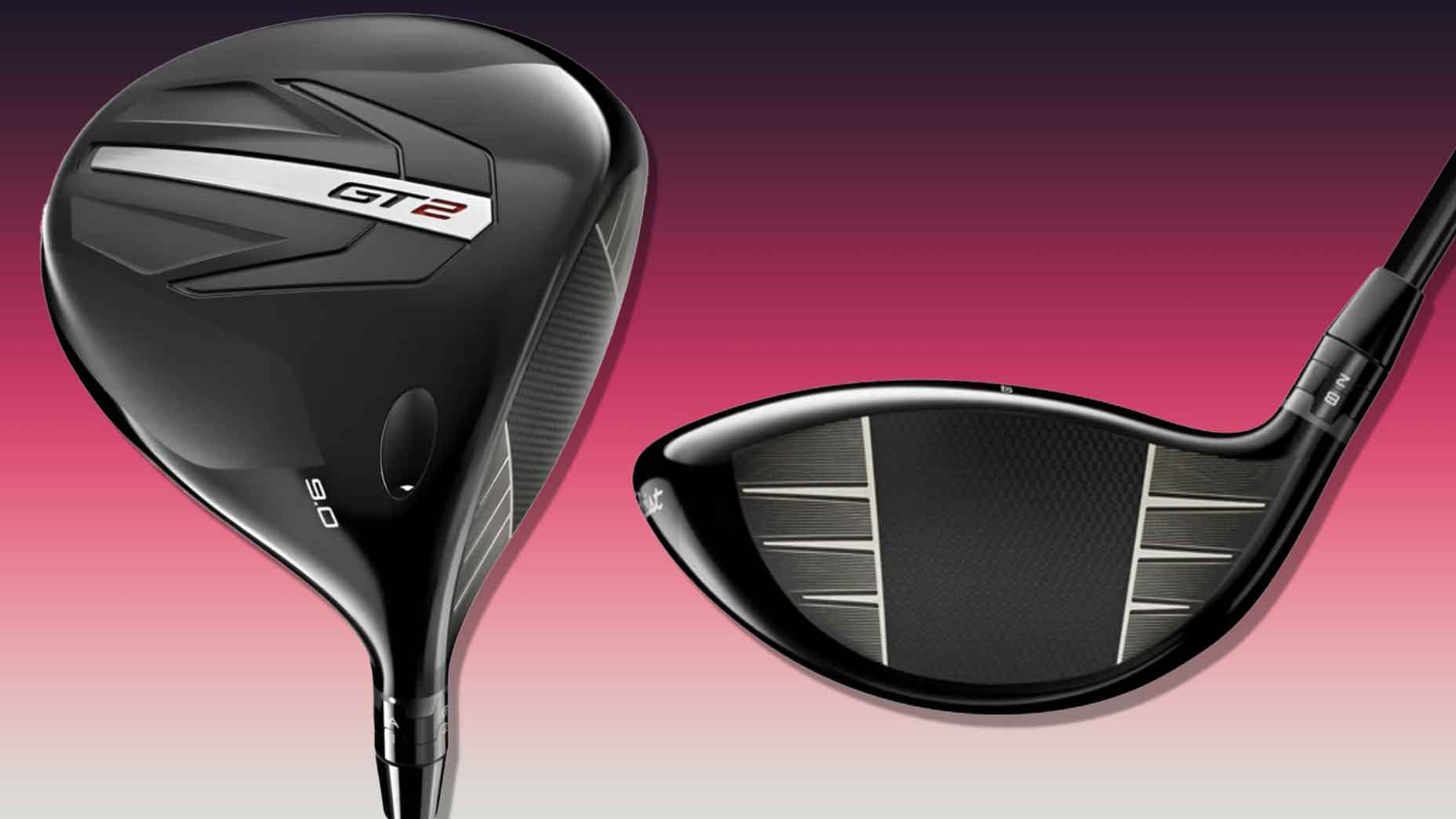 The year’s best-selling driver offers 2 standout features
The year’s best-selling driver offers 2 standout features
How do new drivers get approved? Inside the USGA’s testing process
You can’t have too much spring in your step, but you can in your club. A clubface with excessive trampolining may flex too much, keeping the ball on the face too long and thus boosting ball speed beyond what is permissible. To keep tech from trumping skill, the USGA and R&A limit that flexibility, which in turn limits the energy the club can transfer to the ball.
Back in the old days, the governing bodies fired a ball at a club with an air cannon to measure the coefficient of restitution (aka COR, a measure of impact efficiency); now they use a more sophisticated method that involves a pendulum.
The pendulum swings and the length of time its strike end stays on the clubface (aka “characteristic time,” or CT) is measured in microseconds, which in turn provides a close approximation of COR. All this to ensure that a driver springs into action legally.
1. BASE
The base holds all the components together in the correct position and orientation.
2. CLAMP ASSEMBLY
The clamp holds the club in the correct position, and can be adjusted so that the pendulum strikes the desired location on the clubface.
3. TOWER
The tower aligns and suspends the pendulum and makes sure it ‘s free-swinging.

ADVERTISEMENT
4. PENDULUM
The pendulum has at its far end a metal, semispherical striking face that mimics a golf ball as it makes impact with the clubface.
5. ALIGNMENT ASSEMBLY
The alignment assembly, including the plunger, ensures that the clubface is perpendicular to the pendulum’s path.
6. SPACER
The spacer aids in setting the proper height of the pendulum assembly.
7. ACCELEROMETER
The accelerometer, a piezoelectric device embedded in the spherical end of the pendulum, measures acceleration.
8. PENDULUM TEST CONSOLE
The acceleration—gauged by the impact the ball makes with the clubface—produces a signal that is first transmitted via a wire attached to the accelerometer to a digital storage oscilloscope (not pictured). The signal is then sent via USB connection to the pendulum test console, where it is analyzed and the length of contact time is determined—the longer the ball stays on the face, the more flexible the clubhead. Nine different tests are conducted (three times at each of three different pendulum speeds) to identify the clubhead ‘s CT, which mustn’t exceed the limit set in the Equipment Rules.
To receive GOLF’s all-new newsletters, subscribe for free here.
ADVERTISEMENT





